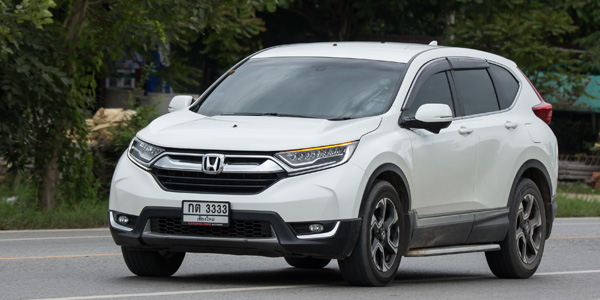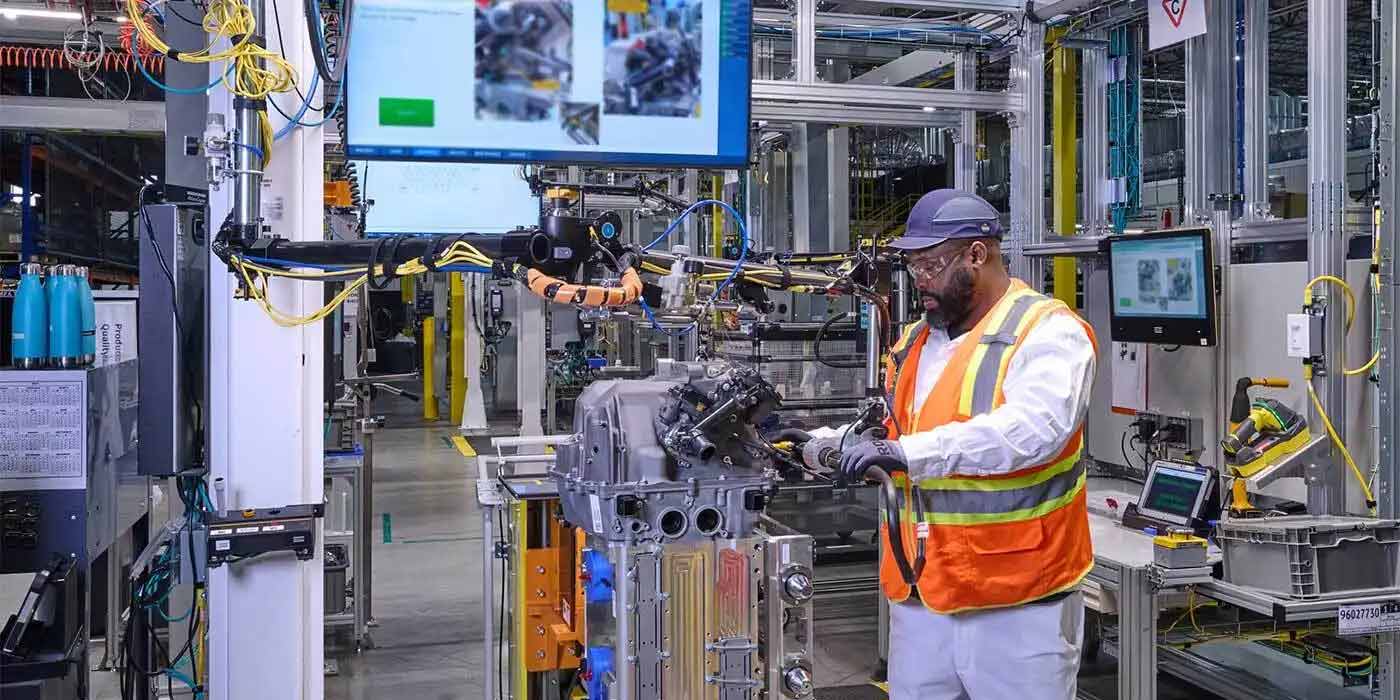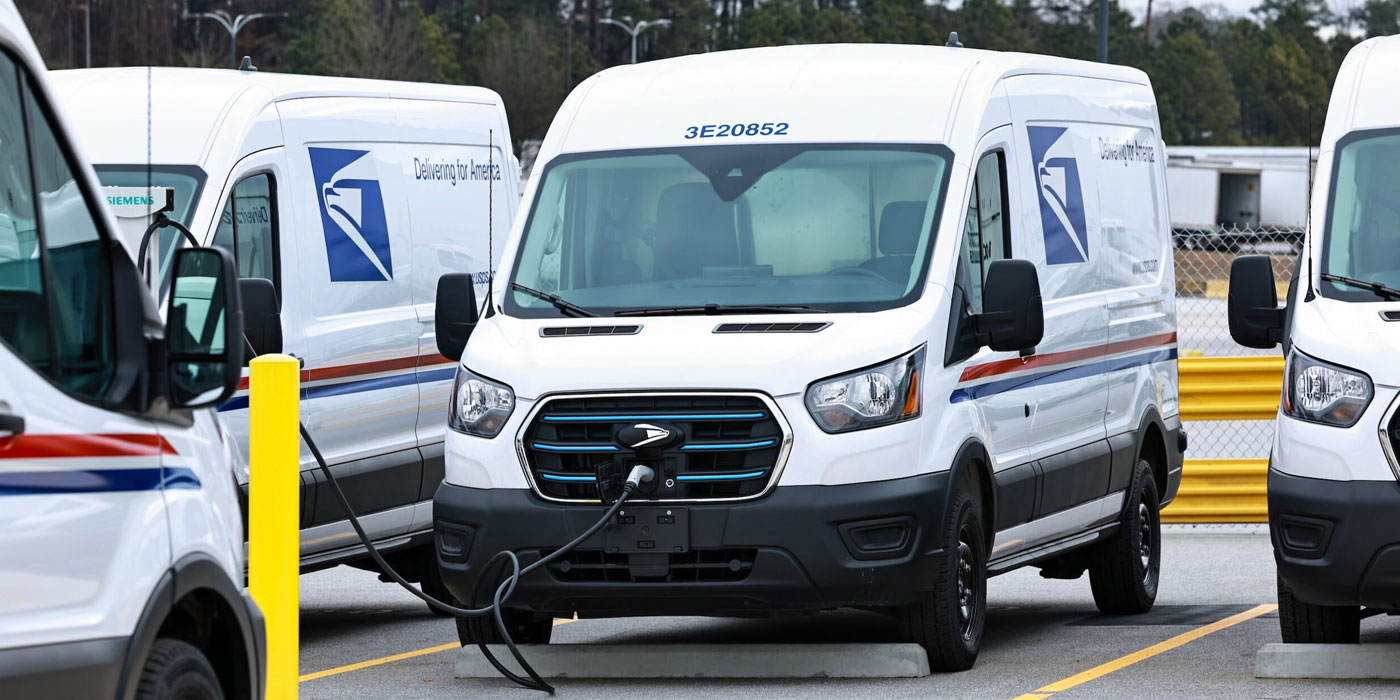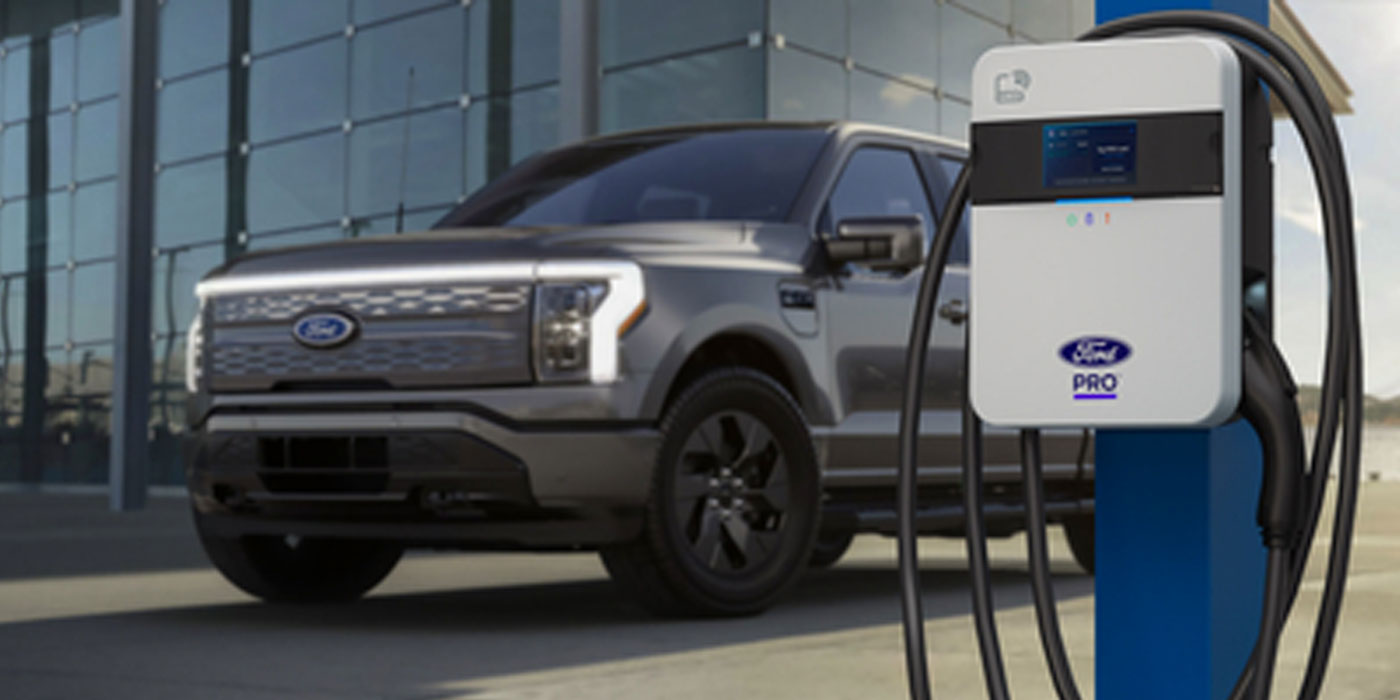
As I write this, my final column of 2018, I’m trying to process the news that General Motors plans to close five factories in North America and cut more than 14,000 jobs as part of a massive restructuring initiative.
Why is GM doing this? Because these plants – and workers – are in the wrong place at the wrong time.
They produce cars.
GM isn’t the only automaker to make a dramatic shift in its production plans due to the popularity of trucks, crossovers and SUVs. Earlier this year, Ford said it will whittle its lineup of cars down to two models: the iconic Mustang and the Focus Active hatchback. Likewise, Fiat Chrysler has killed off the Chrysler 200 and Dodge Dart, and has shifted its focus to – you guessed it – Ram pickups and Jeep SUVs.
I spent 28 and a half years at Ford Motor Co. and watched these trends unfold several times during that period. In the late 1970s, we didn’t have the correct product mix in place, and suffered greatly until we could get the then-new Escort to market. Both GM and Chrysler have suffered the same peril at different times also. The problem is that producing automobiles is a capital-intensive business, and shifting model directions is a slow, expensive undertaking.
Here’s what concerns me with the recent changes in production plans: When automakers try to swing their entire product line one way, there’s no protection against unplanned shifts in consumer buying behaviors that can come from outside, unrelated forces.
Today, everyone says they want trucks and SUVs. They say they like the utility, and many say they like sitting up high – which makes me laugh. They like sitting up high. I suppose if this trend continues, we all will be driving around in Class 8 SUVs. How are all the soccer moms going to get up in those cabs?
Then there’s the pickup phenomenon. Have you looked around on the road lately? It seems every other vehicle is a pickup.
I’m as guilty as the next guy. We have a new F-150 in the driveway. My wife really wanted it, and so of course, now we have one. But why? It’s so convenient when we need it. And how often is that really? It’s just as convenient to rent a truck from Lowe’s for $19.95 for the six times a year that we really need it. Luckily, we have the EcoBoost model, and it gets reasonable mileage.

Most owners brag about their Hemi, Triton or Duramax diesel V8s. Ours just creates incredible amounts of performance using F1 racing technologies and high RPM – not what we usually think of when we think about how a truck operates. Just what’s going to happen when we get a little blip in the oil supply and the cost of a gallon of gasoline goes above $4 again?
Please don’t misunderstand me. I love big, powerful vehicles as much as the next guy. But I also remember the sting of having the wrong vehicle mix. CAFE is a real thing, and eventually we, the consumer, will have to pay the piper. In the meantime, these technology-laden vehicles that generate gobs of power from small displacement most certainly will not have the long-term durability of the good-old gas guzzlers. More parts sales for all of us, right?
Now that I think of it, I guess that part of it isn’t all bad. You and I in the aftermarket probably will benefit from all of this. That’s the beauty of our good-old aftermarket: No matter what’s going on around us, vehicles still need maintenance and repairs. All of that requires parts, and last time I checked, that’s what we do.
This entire thing must be a dream – a dream come true for all of us in the aftermarket.
Happy holidays, and we’ll see you in 2019.













